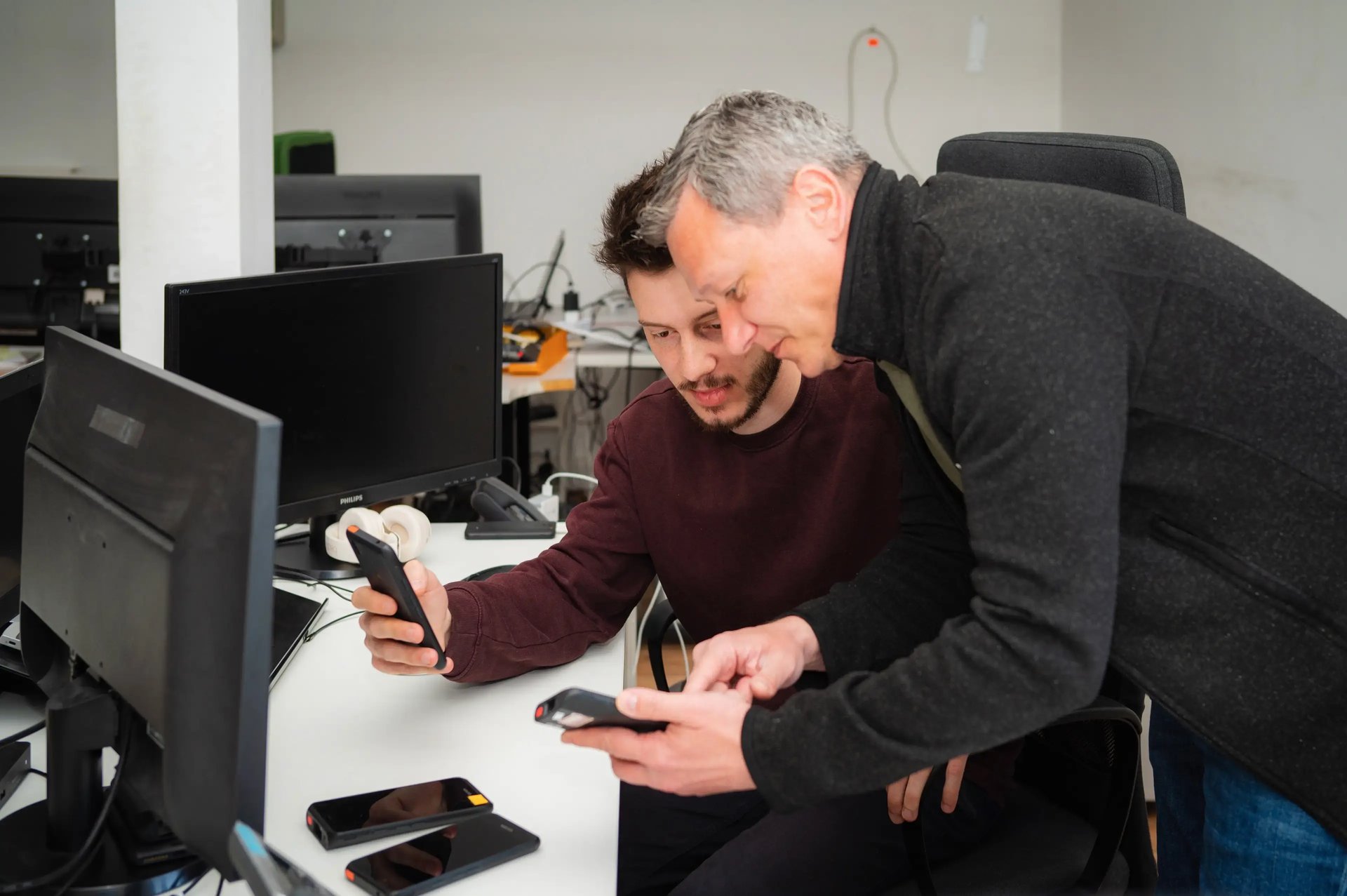Professional manufacturers of telecommunications equipment are facing a number of pressing challenges.
Catering to a diversified and demanding customer base, from multinational corporations to governments and public institutions, they must deliver equipment with advanced features that perform as expected and meet high-security standards.
In addition, equipment manufacturers need to develop new products faster, adopt the latest technologies to stay at the forefront of innovation and find the right specialists to develop, test, and maintain their products.
Here are the top five challenges facing professional telecommunications equipment manufacturers, as seen from our experience working with them daily.
1. Reducing time to market
In an industry where time equates to revenue, the urgency to launch new products without compromising quality remains a significant challenge. According to Gartner, 45% of product launches are delayed by at least one month, resulting in considerable financial implications.
As a result, the pressure on telecommunications equipment manufacturers to design, build, and release new products quickly is high, with no room for errors and defects.
Thoroughly testing the telecommunications equipment and ensuring this process happens on time is critical. Any delays in testing or undiscovered defects in the final product will translate into delaying launch dates, thus losing revenue and profits.
This is an area where Wirtek has been able to add value to our customers, understanding how equipment should behave, how testing cycles affect the product’s lifecycle, as well as comprehending the business needs of the client/end-user.
Incorporating AI and machine learning into the product development cycle transforms this scenario. AI can predict potential delays, enabling manufacturers to manage them more effectively and accelerating time-to-market.
2. Ensuring Quality Control
The quality of the telecommunications equipment manufacturers produce has a direct impact on their company’s revenue; faulty products that get recalled are expensive to repair and replace. In addition, the loss of the client's respect and the damaging of reputation in the market; both of which are incredibly valuable and very hard to recapture.
Professional telecommunications devices need to operate exactly as expected. Consider handheld devices being used in hospitals or by police departments. Making certain that launched products work properly and continue to perform accordingly after updates or modifications, is critical.
The rise of the Internet of Things (IoT) and other interconnected systems demands a new level of quality control. Besides the traditional quality checks, manufacturers now need to ensure compatibility and interoperability with a diverse range of systems and devices.
Working with skilled test and QA engineers who understand in detail the technologies being used, is a vital aspect for ensuring quality control of all products.
This leads us to the third challenge facing professional telecommunications equipment manufacturers.
3. Finding and retaining specialized engineers
A 2023 report from the World Economic Forum anticipates a worldwide deficit of more than 85 million skilled laborers by the year 2030, with the most substantial shortage anticipated in the fields of technology and engineering.
Though still challenging, the shift to remote work has alleviated the situation. Companies can now tap into a global talent pool, improving their chances of finding and retaining specialized engineers. The Future of Work McKinsey Study from June 2020 estimates that STEM-related occupations roles could grow by more than 20 percent across Europe in the coming decade.
In the telecommunications equipment industry, this talent gap is deepened by the fact that test engineering roles require a combination of specialized skills (networking skills, understanding of telecommunications protocols, testing, and QA skills). Therefore, few telecommunications engineers are inclined to choose this path because a niche specialization could mean fewer career options.
4. Adopting new technologies to stay ahead of the competition
“Never touch a running system” is a popular anecdote among engineers, but this cannot apply to the top equipment producers. To stay ahead of their competition, these manufacturers need to continue to innovate and transition to the newest technologies, including Edge Computing, AI-driven solutions, Quantum Computing, and the up-and-coming 6G technology and others.
The demand for adopting new and improved technology is imperative for their customers; think about IoT sensors in a factory that need a long battery life or the communication networks created for hospitals that perform better on 5G.
5. Ensuring device security
Equipment manufacturers can never be too cautious when ensuring the security of critical devices used in professional settings. A security breach of such a device can lead to the loss of sensitive information (think of handheld devices used in police departments or hospitals) and financial losses.
As cyber threats continue to grow in number and sophistication, the focus on device security has broadened to more comprehensive cybersecurity strategies. Beyond device security, these strategies now encompass supply chain security, data privacy, and handling regulations, making the challenge multidimensional.
This is why testing these devices is so important, and the test cases need to consider all possible scenarios, even those that seem virtually impossible. Experienced test engineers can provide valuable input to the process since they execute the test scenarios related to security. They can provide valuable feedback and input for the R&D teams on why a specific situation represents a potential security breach.
In addition to these evolving challenges, new ones have emerged. Manufacturers must grapple with increasing regulatory compliance demands regarding data privacy and handling. There's also the need to push towards sustainability and manage e-waste as the industry contributes significantly to electronic waste. Finally, integrating augmented reality (AR) and virtual reality (VR) technologies adds another layer of complexity to the mix.
Navigating these challenges successfully requires continuous learning and flexibility. Training and investing in professional development for their engineers remain crucial, and partnering with experienced electronic equipment conformance testing providers can provide invaluable support.
Despite the growing complexity, these challenges also bring opportunities for innovation and growth. Telecommunications equipment manufacturers who rise to these challenges will undoubtedly pave the way for the industry's future.



